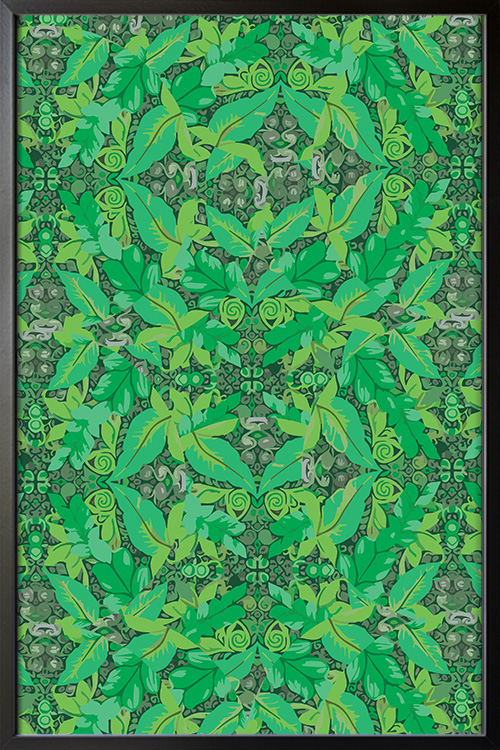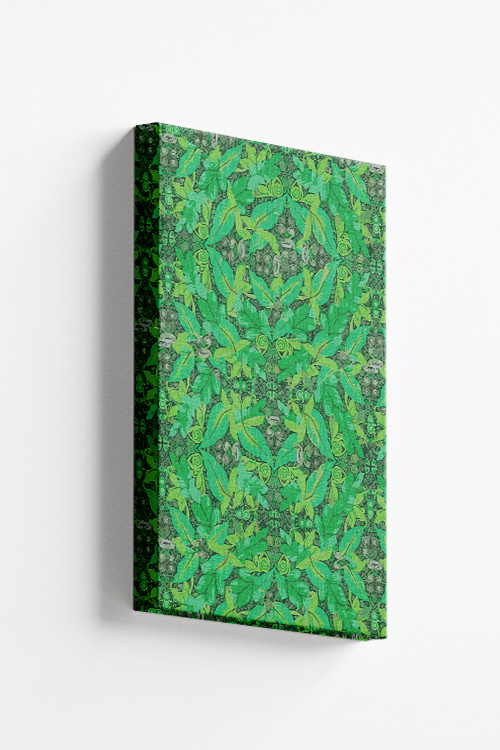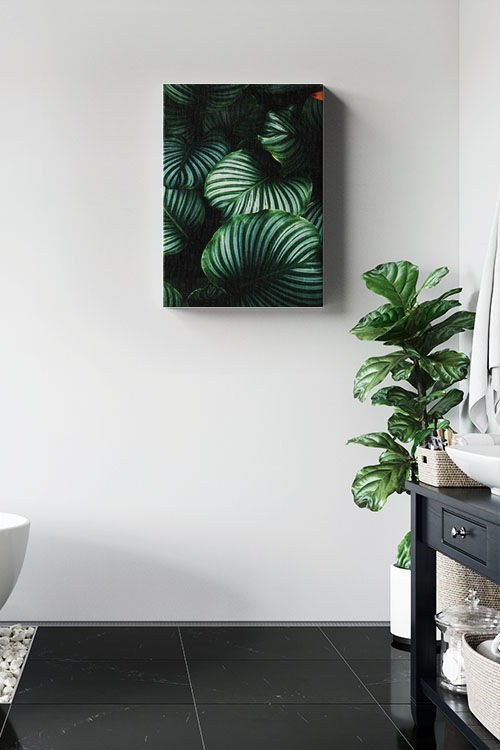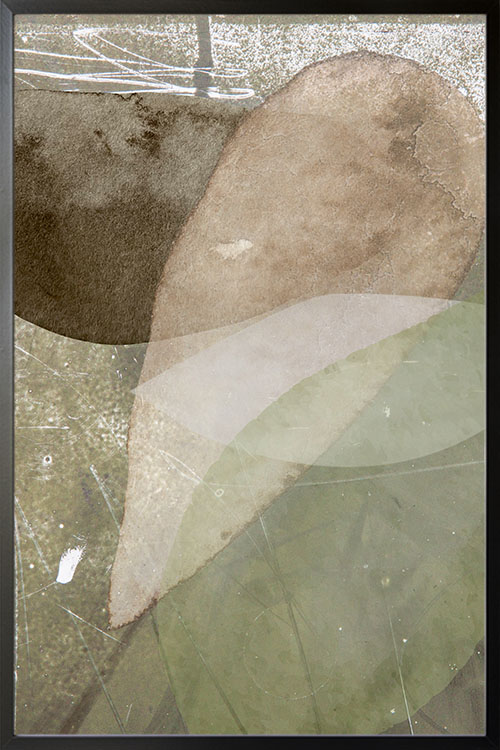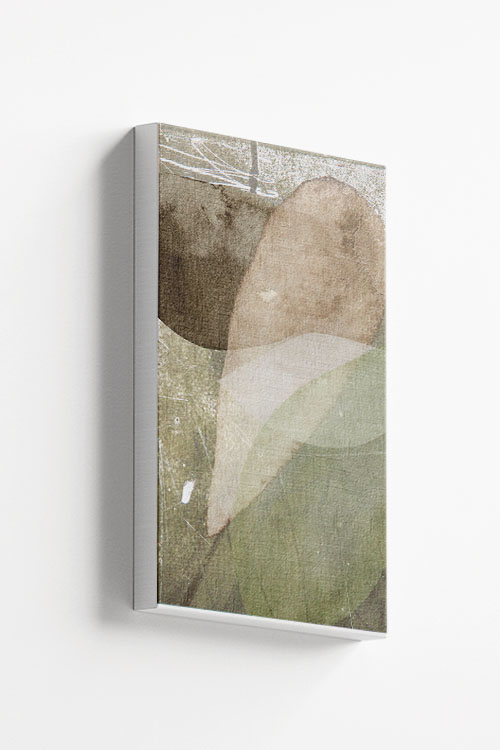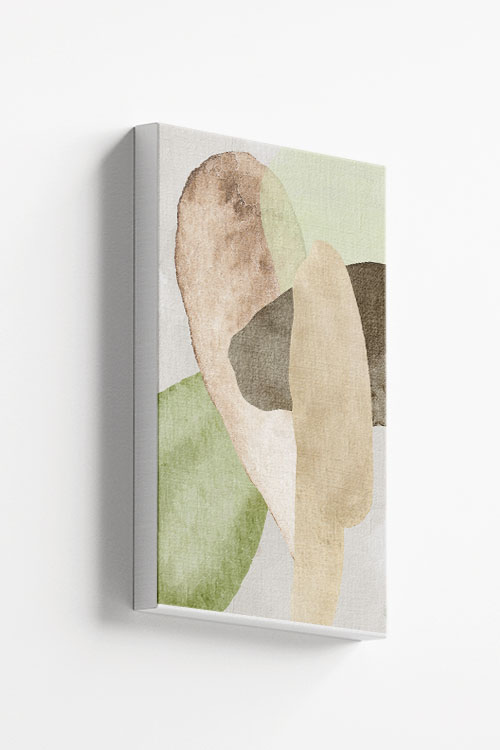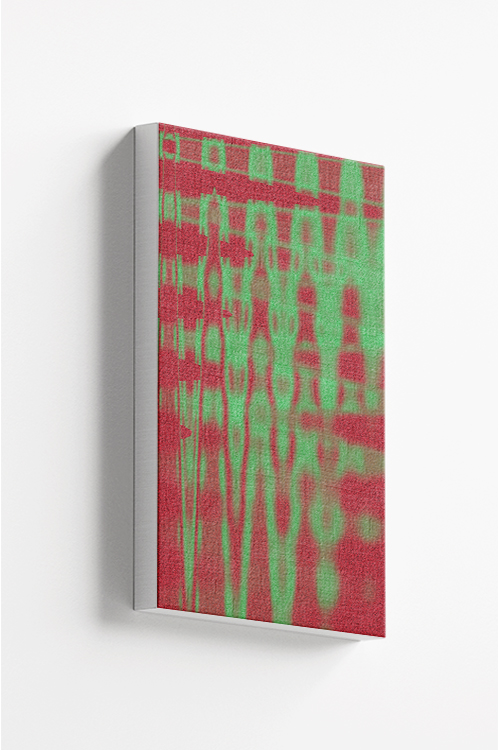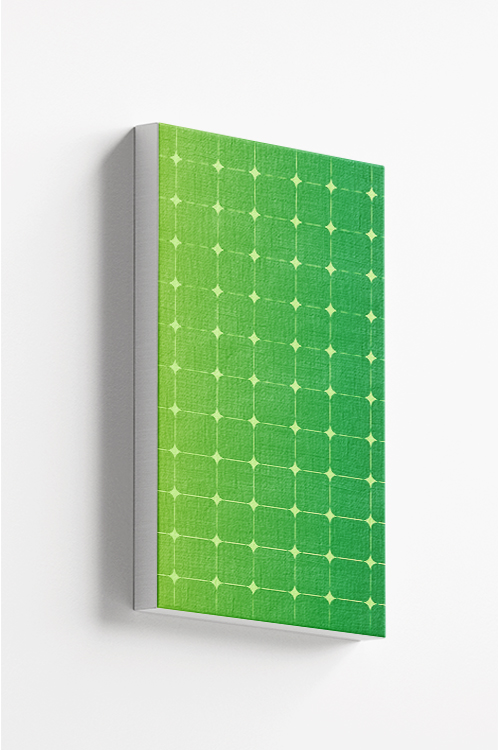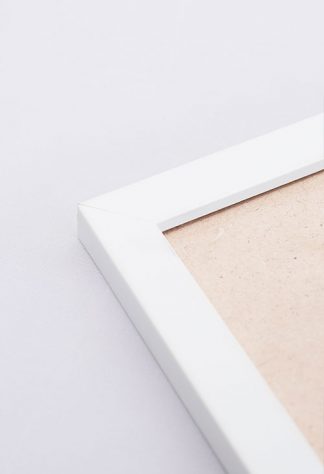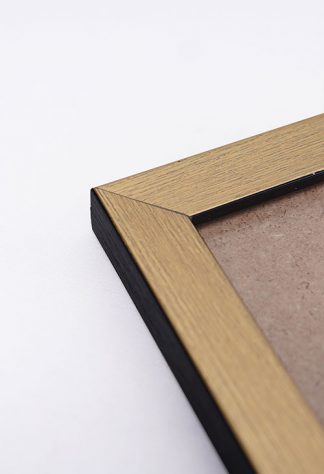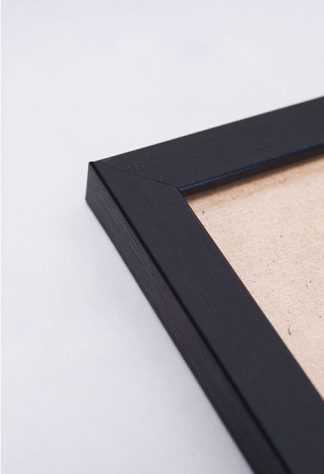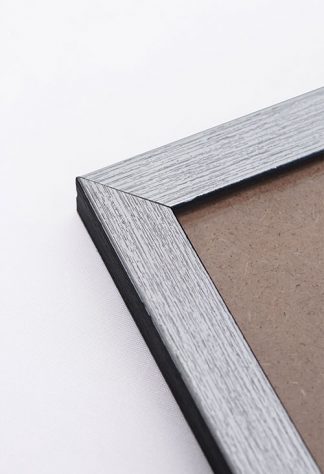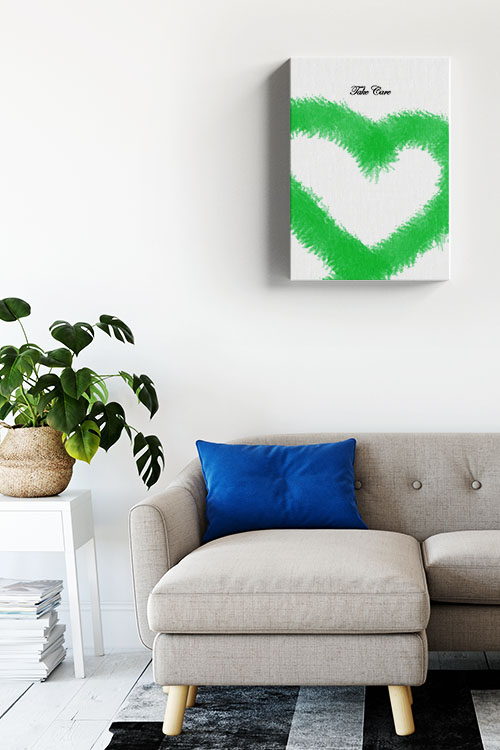
In a world increasingly grappling with environmental concerns, the concept of a green home transcends mere aesthetics. It becomes a sanctuary, a space that reflects a commitment to living in harmony with the planet. Beyond trendy fixtures, a green home represents a conscious lifestyle choice, offering many benefits beyond the walls.
The most immediate impact of a green home lies in its resource efficiency. Energy-efficient appliances and LED lighting translate to lower utility bills, putting money back in your pocket while reducing the overall strain on the power grid. Water-saving measures, like low-flow showerheads and rainwater harvesting systems, ensure responsible water use, a crucial consideration in an era of droughts and depleting resources.
The environmental benefits extend beyond resource conservation. Green homes often incorporate sustainable building materials like recycled wood or bamboo, minimizing ecological impact during construction. These homes are also designed to be naturally well-ventilated, reducing reliance on energy-guzzling air conditioners. Incorporating green roofs or strategically planted trees helps regulate temperature and improves air quality, creating a healthier environment within the home and the surrounding neighborhood.
Living in a green home fosters a deeper connection with nature. Natural light and including gardens or indoor plants create a biophilic environment that reduces stress and improves mental well-being. Stepping outside into a well-maintained garden, perhaps nurtured with composted waste, encourages a sense of responsibility and respect for the natural world.
Furthermore, a green home can catalyze positive change within the community. It serves as a living example, inspiring neighbors to consider sustainable practices. Sharing knowledge and experiences with others can foster a collaborative approach to environmental responsibility, leading to a ripple effect of positive change.
The financial advantages of a green home are undeniable. While the initial investment in energy-efficient appliances or solar panels might seem high, the long-term savings on utility bills are significant. Many governments also offer incentives for sustainable building practices, making green homes more cost-effective. Additionally, a green home often boasts increased resale value, attracting environmentally conscious buyers. This financial reassurance makes the decision to invest in a green home sound.
However, the beauty of a green home goes beyond the practical advantages. It fosters a deep sense of personal satisfaction and empowerment. Knowing that you’re actively contributing to a healthier planet creates a sense of purpose and a positive impact on the world around you. Living in a green home declares your commitment to a sustainable future. This personal fulfillment and empowerment can inspire and motivate others to join the green living movement.
Of course, creating a green home is an ongoing journey, not a destination. It starts with small steps, like switching to energy-efficient light bulbs, composting food scraps, or using reusable shopping bags. These small steps are significant and should be celebrated, as they contribute to a larger, positive impact. The journey to a green home is one of continuous learning and improvement, and the audience should feel encouraged and supported in their efforts.
In conclusion, a green home is more than just a collection of eco-friendly features. It’s a philosophy, a way of life that prioritizes environmental responsibility and creates a healthy, comfortable, and resource-efficient living space. It’s a beautiful testament to the idea that living well can also mean living sustainably, leaving a positive legacy for future generations.
